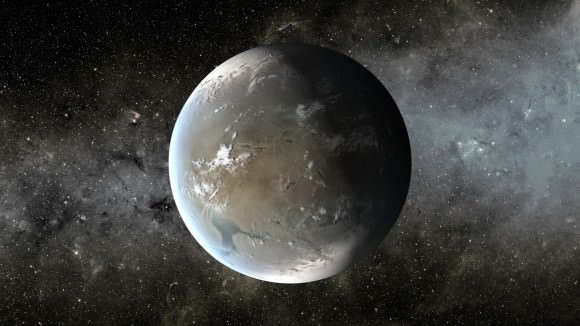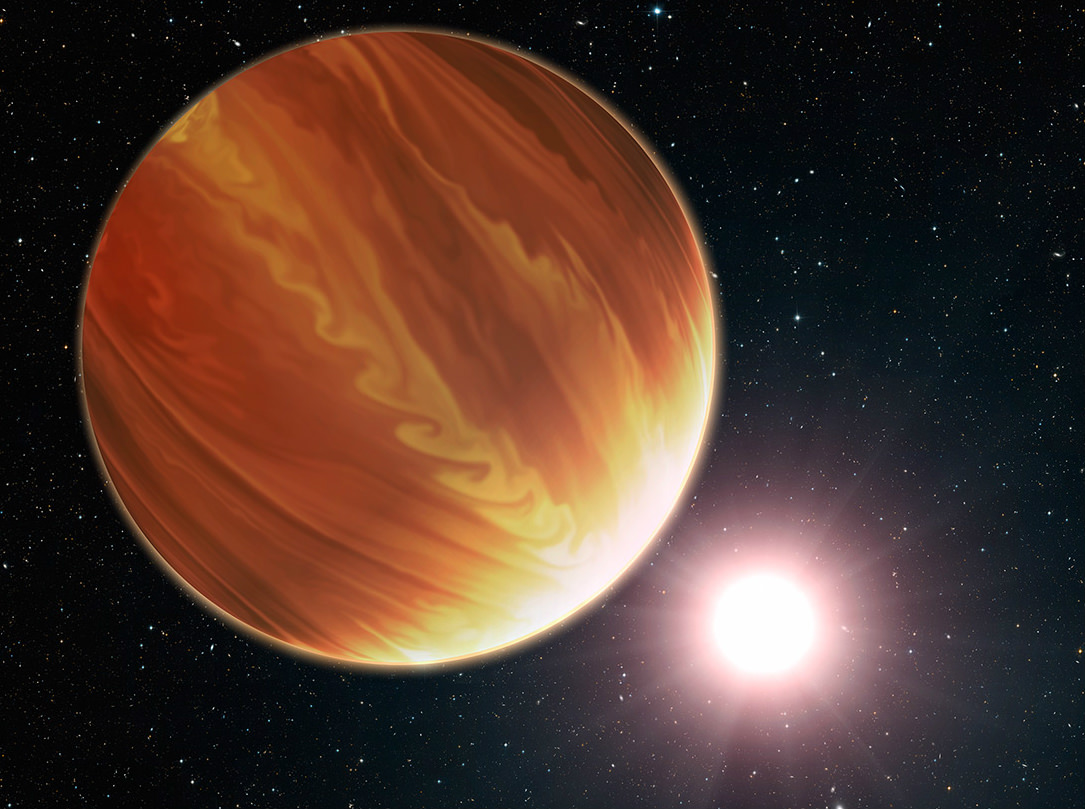Surprise! Three planets believed to be good candidates for having water vapor in their atmosphere actually have much lower quantities than expected.
The planets (HD 189733b, HD 209458b, and WASP-12b) are “hot Jupiters” that are orbiting very close to their parent star, at a distance where it was expected the extreme temperatures would turn water into a vapor that could be seen from afar.
But observations of the planets with the Hubble Space Telescope, who have temperatures between 816 and 2,204 degrees Celsius (1,500 and 4,000 degrees Fahrenheit), show only a tenth to a thousandth of the water astronomers expected.
“Our water measurement in one of the planets, HD 209458b, is the highest-precision measurement of any chemical compound in a planet outside our solar system, and we can now say with much greater certainty than ever before that we’ve found water in an exoplanet,” stated Nikku Madhusudhan, an astrophysicist at the University of Cambridge, England who led the research. “However, the low water abundance we have found so far is quite astonishing.”
This finding, if confirmed by other observations, could force exoplanet formation theory to be revised and could even have implications for how much water is available in so-called “super-Earths”, rocky planets that are somewhat larger than our own, the astronomers said.

That theory states that planets form over time as small dust particles stick to each other and grow into larger bodies. As it becomes a planet and takes on an atmosphere from surrounding gas bits, it’s believed that those elements should be “enhanced” in proportion to its star, especially in the case of oxygen. That oxygen in turn should be filled with water.
“We should be prepared for much lower water abundances than predicted when looking at super-Earths (rocky planets that are several times the mass of Earth),” Madhusudhan stated.
The research will be published today (July 24) in the Astrophysical Journal.
Source: NASA

